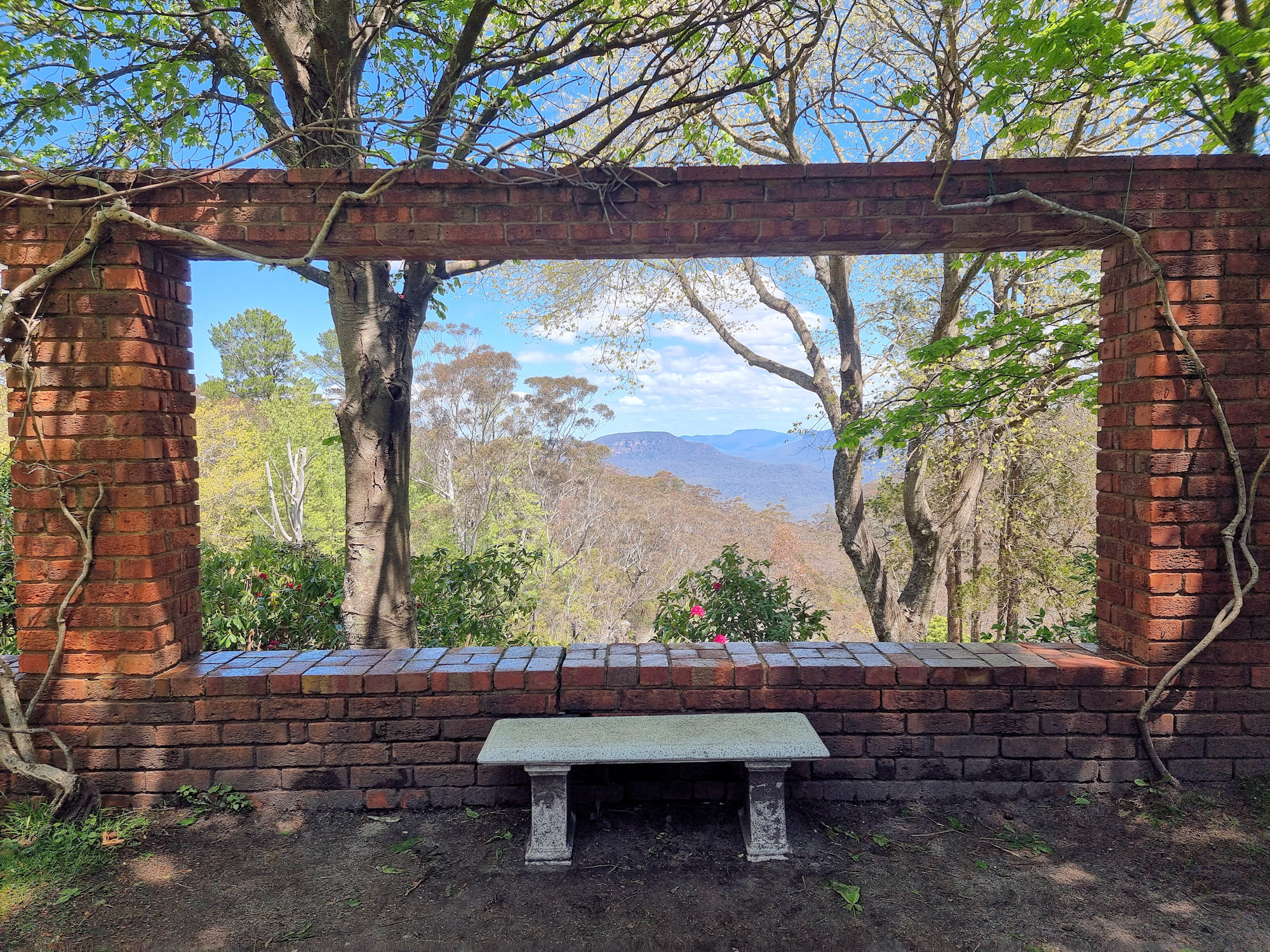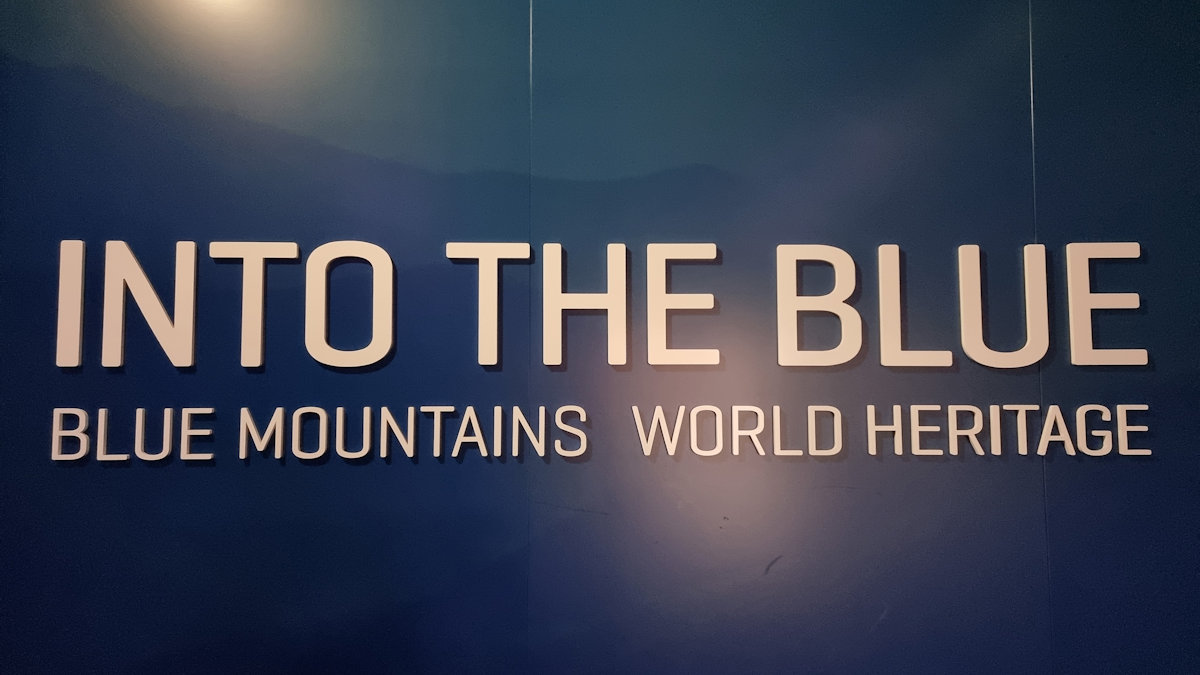Category: Australia
-
Everglades House and Gardens Leura

Everglades House and Gardens Leura Located in Leura in the Blue Mountains of New South Wales, Everglades House and Gardens is a 1930s house surrounded by 5.2 Hectares of gardens. Designed by the Danish horticulturalist and landscape designer, Paul Sorensen, the gardens incorporate winding paths and European Terraces. Parking is available outside the entrance, and… Read more
-
Katoomba Cultural Centre

Katoomba Cultural Centre Located in the centre of Katoomba the Blue Mountains Cultural Centre contains the Blue Mountains City Art Gallery and Into the Blue which is an interactive exhibition that explores the history and natural landscape of the Blue Mountains. Also housed in the building, is the Katoomba Library. Into the Blue Into the… Read more
-
Katoomba Street Art

Katoomba Street Art An unexpected find while walking through Katoomba were three areas of street art. If you’re looking for something else to do in the Blue Mountains besides admiring the views or bushwalking, this is a great option. Beverly Place The first, located in Beverly Place, is by far the largest, with pieces ranging… Read more